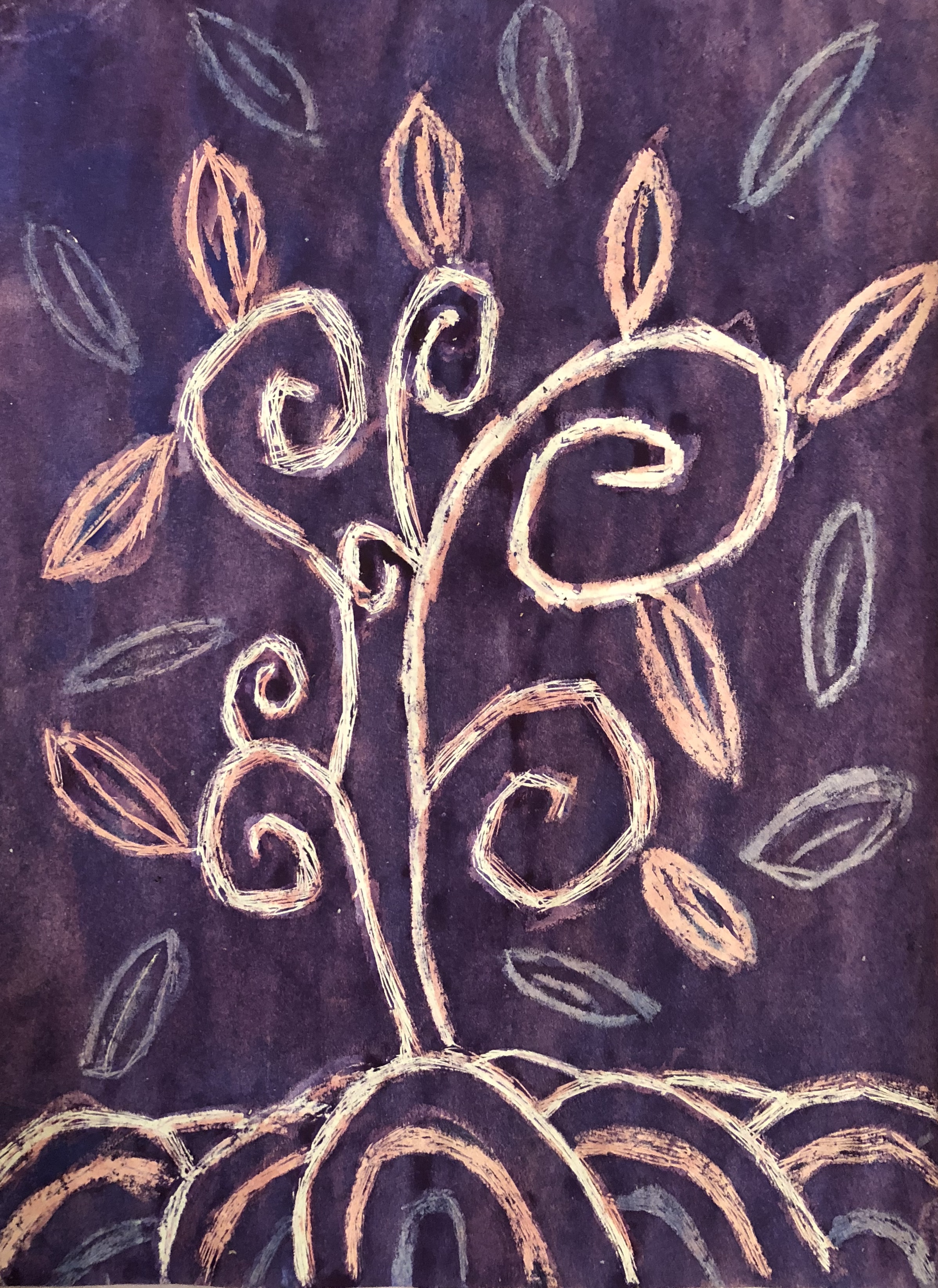- Events & Programs Home
- Calendar
- Accessibility
- Adults
-
Families & Teens
- Families & Teens Home
- 10x10 Teen Art Expo
- Art on the Rise
- Art Together: Art Making for Families with Children Ages 3–5
- Babies Sing with May Festival Minis
- Boy Scouts / Girl Scouts
- CAM Kids Day
- Family Storytime and Gallery Walk
- Family Studio: Art Making for Families with Children Ages 6–12
- Games in the Galleries
- Members-Only Baby Tours
- Public Baby Tours
- REC Reads
- Rosenthal Education Center (REC)
- Saturday Morning Art Class
- See Play Learn Kits
- Summer Camp
- Teen Fest: Zine and Comic Exchange
- RECreate
- Teachers
- Community Outreach
- Fundraisers
- Plan Your Own Event

- Events & Programs Home
- Calendar
- Accessibility
- Adults
-
Families & Teens
- Families & Teens Home
- 10x10 Teen Art Expo
- Art on the Rise
- Art Together: Art Making for Families with Children Ages 3–5
- Babies Sing with May Festival Minis
- Boy Scouts / Girl Scouts
- CAM Kids Day
- Family Storytime and Gallery Walk
- Family Studio: Art Making for Families with Children Ages 6–12
- Games in the Galleries
- Members-Only Baby Tours
- Public Baby Tours
- REC Reads
- Rosenthal Education Center (REC)
- Saturday Morning Art Class
- See Play Learn Kits
- Summer Camp
- Teen Fest: Zine and Comic Exchange
- RECreate
- Teachers
- Community Outreach
- Fundraisers
- Plan Your Own Event
Blog: CAM Uncovered
Blog: CAM Uncovered
- Home
- Plan Your Visit
- Art
-
Events & Programs
- Events & Programs Home
- Calendar
- Accessibility
- Adults
-
Families & Teens
- Families & Teens Home
- 10x10 Teen Art Expo
- Art on the Rise
- Art Together: Art Making for Families with Children Ages 3–5
- Babies Sing with May Festival Minis
- Boy Scouts / Girl Scouts
- CAM Kids Day
- Family Storytime and Gallery Walk
- Family Studio: Art Making for Families with Children Ages 6–12
- Games in the Galleries
- Members-Only Baby Tours
- Public Baby Tours
- REC Reads
- Rosenthal Education Center (REC)
- Saturday Morning Art Class
- See Play Learn Kits
- Summer Camp
- Teen Fest: Zine and Comic Exchange
- RECreate
- Teachers
- Community Outreach
- Fundraisers
- Plan Your Own Event
- Give & Join
- About
- Tickets
- Calendar
- Exhibitions
- Collections
- Blog
- Shop
Teacher Blog: The Fabric of India, Evenings for Educators Follow-up
by Learning and Interpretation Department
11/20/2018
Evenings for Educators , Teacher resources , The Fabric of India
Evenings for Educators is the museum’s monthly teacher development program. Each event features two teachers (one Elementary and one Secondary) who create and implement a lesson plan in their classroom. Attendees get a copy of that lesson plan in their folders the night of the program and also have the chance to ask the museum teachers questions. Each lesson references artwork from the museum’s permanent collection, ties into the theme of the program and incorporates visual art with another discipline. Please enjoy this follow up blog about the Elementary Lesson plan by November museum teacher Bonita Taggart.
Students grades 3-5 viewed many examples of Indian fabric including embroidery, block printing, kalamkari painting and batik. Each grade level used a common “tree of life” motif with a different technique for finishing the tree.
My third graders were fascinated with block printing and they focused their design on items they might find in a tree. Fruits, flowers, birds and insects were some of the designs that were drawn on flat styrofoam rectangles. They used brayers and ink to load their styrofoam printing plate and placed and rubbed the print onto their painted tree.
The fourth graders created paper batiks. They began by drawing a simple tree trunk with a few limbs on a white paper with a white crayon. After painting over the white crayon with a light color, they began a second drawing and repeated the steps only this time using a different color. While one painting is drying the other painting is being added to more lines, shapes and patterns using a white crayon. Each time the student will layer another color over the top of the addions expanding the tree design. The final step is gently dipping the paper into water and wrinkling it and laying it flat to dry. This gave the paper a fabric look.
Fifth graders created clay stamps by indenting a pattern into a flat surface of clay and molding a handle on the opposite side. While the clay dried and was fired the students painted with watercolors a tree with no leaves or needles. Once the clay stamps were complete the students used the stamps to print a pattern onto their tree painting. They will also use the stamps to create a texture and pattern onto a clay bowl that they will make at a later time.
I believe that the rewarding factor was not the success of the artwork, but of the repetition in the process. All grade levels experienced levels of difficulty and worked through the failures to create a printed image or a soft paper batik design.
Cincinnati, OH 45202
Toll Free: 1 (877) 472-4226
Museum Hours
Museum Shop
Terrace Café
Library
Cincinnati Art Museum is supported by the tens of thousands of people who give generously to the annual ArtsWave Campaign, the region's primary source for arts funding.

Free general admission to the Cincinnati Art Museum is made possible by a gift from the Rosenthal Family Foundation. Exhibition pricing may vary. Parking at the Cincinnati Art Museum is free.
Generous support for our extended Thursday hours is provided by Art Bridges Foundation’s Access for All program.

General operating support provided by:






